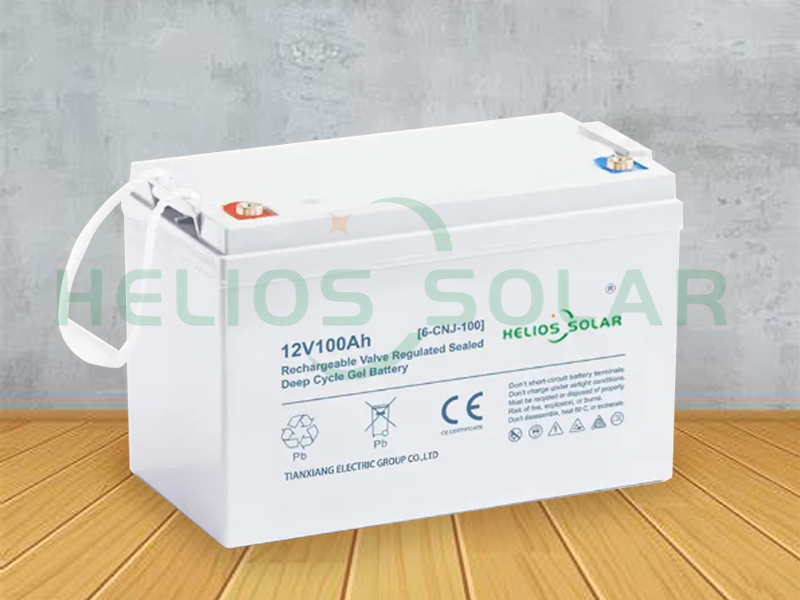A gel battery, also known as a gel battery, is a lead-acid battery that uses gel electrolytes to store and discharge electrical energy. These batteries have made significant progress throughout their history, establishing themselves as reliable and versatile power sources in a variety of applications. In this blog, we’ll explore the fascinating journey of gel batteries, from their inception to their current state of technological prowess.
1. Genesis: Origin and Early Development:
The concept of gel batteries dates back to the mid-20th century when Thomas Edison first experimented with solid electrolytes. However, it was not until the 1970s, with the pioneering work of German engineer Otto Jache, that the technology gained traction. Jache has introduced a gel electrolyte battery that uses a silica gel substance to hold the electrolyte in place.
2. Advantages and mechanisms of gel batteries:
Gel batteries are known for their unique advantages, making them an attractive option for many industries. These batteries offer enhanced safety features because the gel electrolyte is effectively immobilized, reducing the chance of acid spillage or leakage. The gel substance also eliminates the need for maintenance and allows for greater flexibility in battery placement. Additionally, gel batteries have very low self-discharge rates, making them ideal for applications requiring long-term storage.
The mechanics of gel batteries involve oxygen produced during charging diffusing into the surrounding gel, reacting with hydrogen, and preventing the formation of potentially dangerous explosive gases. This inherent safety feature makes gel batteries ideal for sensitive environments where venting batteries could pose a risk.
3. Evolutionary Milestones: Enhanced Performance and Longevity:
Over the years, gel battery technology has made significant advances aimed at improving key performance parameters. Early gel batteries were notorious for having shorter cycle life than traditional flooded lead-acid batteries. However, continued research and development efforts focused on improving the durability of gel batteries have led to the introduction of sophisticated plate designs that improve active material utilization and extend service life.
In addition, the use of an advanced oxygen recombination system helps minimize moisture loss within the battery, thereby extending the overall life of the battery. Enhanced by gel electrolyte immobilization, modern gel batteries can easily withstand deep cycle applications, making them highly reliable for energy storage and backup power.
4. Application and industry adoption:
The versatility of gel batteries has led to their widespread adoption across multiple industries. The telecommunications industry relies heavily on gel batteries to provide uninterrupted power in remote areas or during power outages. Their ability to operate reliably in extreme temperatures and withstand physical vibration makes them ideal for off-grid applications.
The automotive industry has also found uses for gel batteries, particularly in electric and hybrid vehicles. Compared with traditional lead-acid batteries, gel batteries have a higher energy density, longer service life, and higher safety. Additionally, its maintenance-free nature and resistance to shock and vibration make it ideal for use in boats and recreational vehicles.
Gel batteries have also found their way into renewable energy systems as reliable storage solutions. They effectively store excess energy generated through solar panels or wind turbines so it can be used during periods of low power generation. Its ability to discharge more efficiently compared to other battery types makes it an attractive option for renewable energy integration.
5. Future prospects and conclusions:
With the continuous advancement of technology, gel batteries are expected to further improve in terms of energy storage capacity, charging efficiency, and cost-effectiveness. Integration with smart technologies to enhance monitoring and management is also a potential area of development.
Gel batteries have certainly come a long way since their inception. Their evolution and usefulness in numerous industries are a testament to their adaptability and reliability. From telecommunications to renewable energy systems, gel batteries will continue to revolutionize the way we store and utilize electricity, illustrating their critical role in our sustainable future.
Post time: Nov-03-2023


